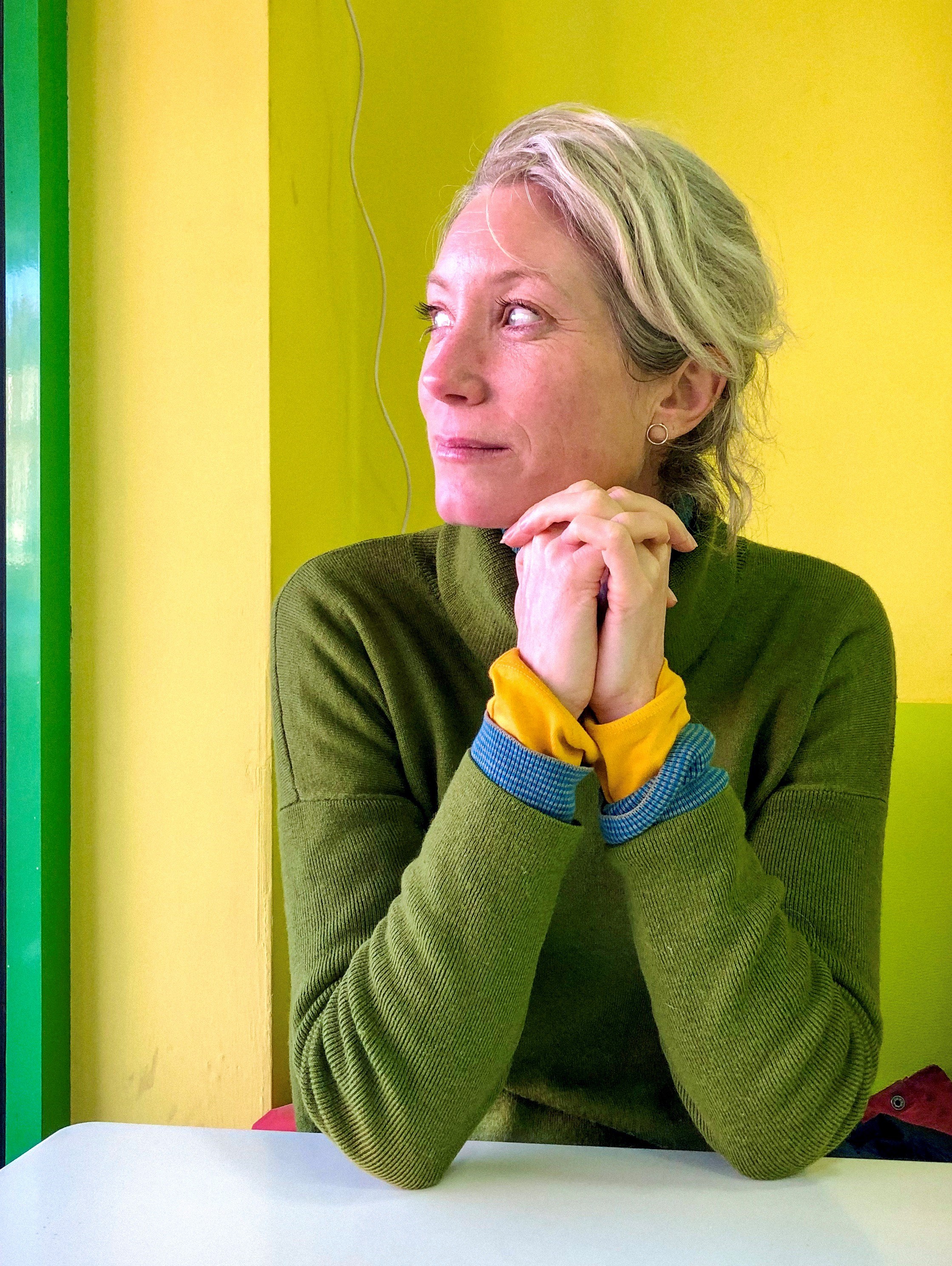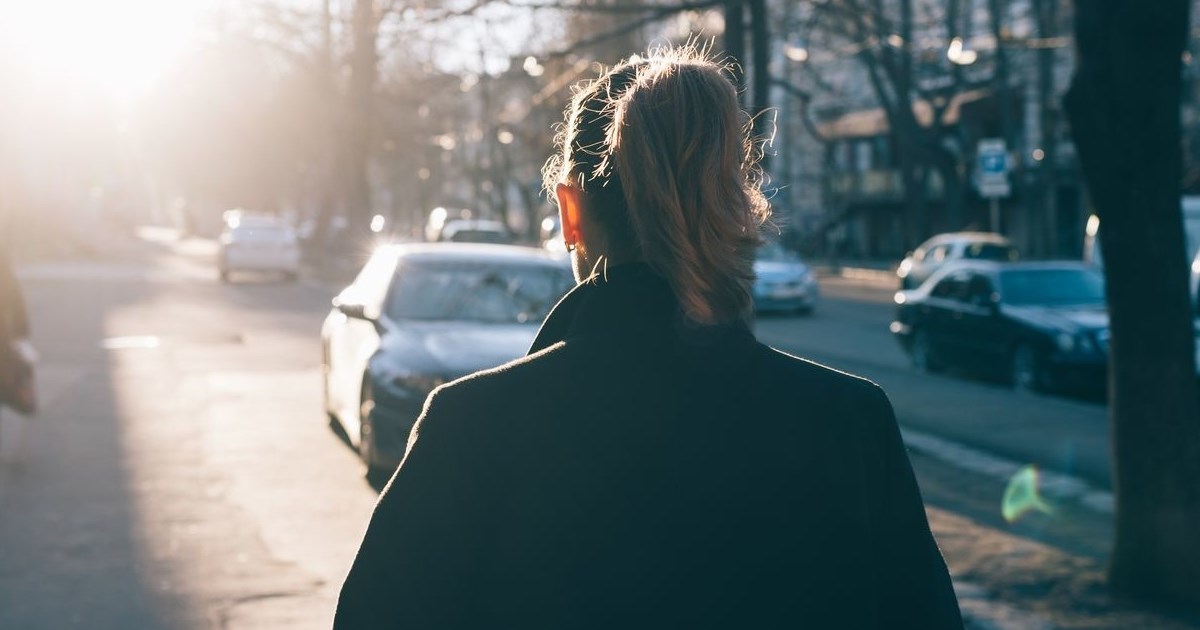 Jennie Savage is a Public Realm Project Officer at London Borough of Tower Hamlets
Jennie Savage is a Public Realm Project Officer at London Borough of Tower Hamlets
Cities, towns and public spaces are an ongoing human project to co-create, make and re-make spaces that both speak of who we want to be ‘now’, and how we wish to be perceived in the future. Historically this project has typically been led by able bodied, white men. This does not undermine or judge their contribution; it is merely a statement of fact that provides insight into the shape of the built world we have inherited.
Living in cities, towns and public spaces means navigating an inherited patchwork of histories structures, systems and institutions that had limiting views of women and girls, disability and neurodiversity, race and ethnicity and sexual and gender identity. This has shaped spaces that favour and celebrate the lives of men. From street names and public sculptures through to a skyline of blocks and towers that replicate male power, to a transport system designed for a smooth daily commute ‘into’ town. We live amongst and navigate a built environment that is out of step with a contemporary culture that explicitly values plurality, inclusivity, and diversity.
“In general, cities work better for heterosexual, able-bodied, cisgender men than they do for women, girls, sexual and gender minorities, and people with disabilities. Key aspects of the built urban environment – related to access, mobility, safety and freedom from violence, health and hygiene, climate resilience, and security of tenure – create disproportionate burdens for women, girls, and sexual and gender minorities of all ages and abilities, thus exacerbating and reinforcing existing gender inequities”.
- World Bank, Handbook for Gender-Inclusive Planning & Design, 2020
To bring ourselves more in step with contemporary culture, we must ask what needs to change, from the fine details to the big picture, to make spaces that work for everyone. Central to making space work for everyone is how we make spaces feel safe and welcoming.
The work of the Plan Making Team in Tower Hamlets makes clear that it is important to change the narrative and language around street safety. Statistics show men and teenage boys are also at risk from random violence, but that women and girls carry a greater daily burden of dealing with sexism and misogyny on the street and that acceptance of this leads to broader acceptance of crimes such as domestic abuse, rape and murder.
The link here is male violence - whether that is targeted at women or other men. So making spaces safe also means asking how can men be helped to manage their behaviour. Clearly, this question is complex and there are many reasons, from broader cultural and historic acceptance of male violence to upbringing, poverty, and education, but it is also a question of how the ‘language’; of the city supports that process and communicates shared value through design.
What our research in Tower Hamlets suggests is that it is a diversity of people on the streets, women, families, and older and younger people that contributes to a sense of safer, welcoming places.
We also found that focusing only on safety further perpetuates limiting views on the experience of women and girls. When we talked to some 400 women and girls about the design of streets and public spaces they were as keen to discuss provision in parks, biodiversity, opportunities for children to play, the harms caused by high levels of pollution and the fact that they would like greater opportunity to socialise in parks and outdoor spaces. Yes, of course, feeling safe is important, but, perpetuating the narrative that women and girls are potential victims and limiting discussions about gender inclusivity to safety, is missing an opportunity to think about the big picture changes that can happen when places are designed by and for everyone.
Design by and for women and girls is important because it can help us create a new vision for our built environment and that vision is more in line with the changes we need to make to support greater BNG and climate sensitive planning and which feels safer and more welcoming.
The gender inclusive evidence base written to support an inclusive design policy in the local plan sets out the following vision:
- Creating a safer borough that can empower and educate residents, to include design interventions such as better lighting.
- Making an inclusive borough, by developing social infrastructures that enable greater participation in public spaces and streets.
- Designing restorative spaces; parks and gardens connected by a green grid network of walking routes where residents can socialise, exercise, play and connect to green and blue eco-systems.
One of the ways to make places for people is to ensure greater representation in planning, policy and design teams by adopting gender mainstreaming with a focus on intersectionality.
Gender mainstreaming is an approach to policy-making that takes into account both women's and men's interests and concerns. Places shape people, just as people shape places. Therefore, gender mainstreaming at policy level through design guidance can, over time help to shift the culture of a place, the aspiration being to create something new that is of benefit to all people of all backgrounds and genders.
Gender mainstreaming is not a new idea, it is more the 20 years since the RTPI first published its gender mainstreaming toolkit, but there is still a need for a more concerted take up of the practice.
Progress may have been slow, but there has been progress contemporaneous with the research in Tower Hamlets London Legacy Development Corporation (LLDC), the Greater London Authority (GLA), The World Health Organisation (WHO) and the World Bank had published documents focusing on women’s safety and street safety and Make Space for Girls and LSE Cities have made significant headway changing the conversation around gendered provision for teenagers in parks and public space.
In 2022 Glasgow followed the example of Vienna by passing a motion that placed women at the heart of urban planning. There has never been a better time to invest in gender mainstreaming, to ensure that women and girls needs are catered for and accelerate progress to more equitable public spaces.


